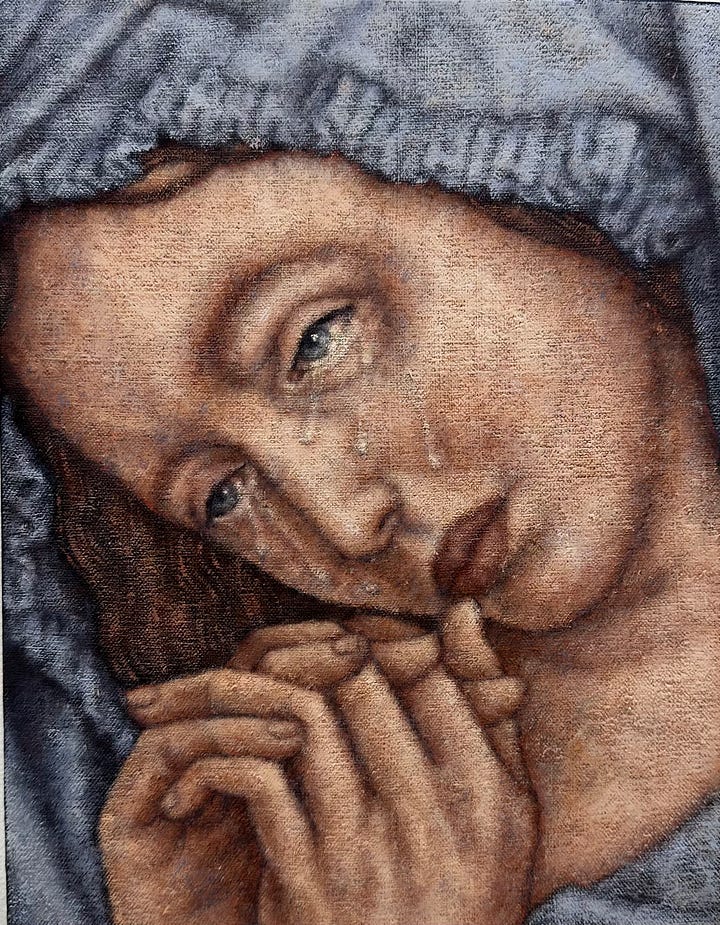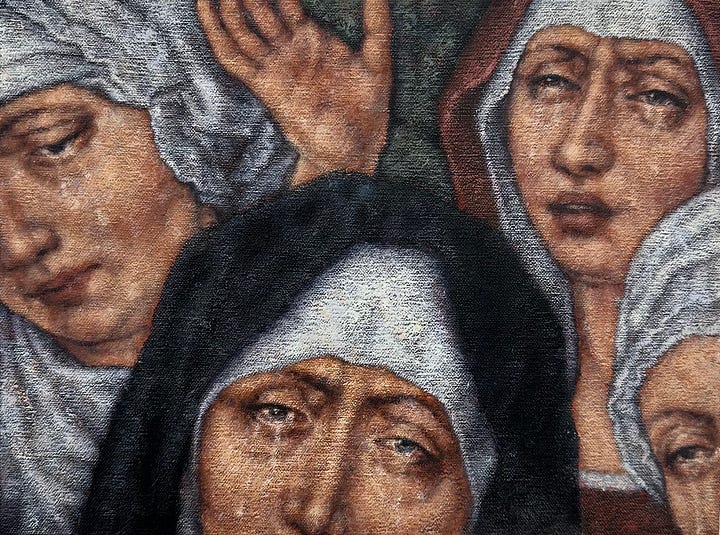Jennifer Carvalho: Looking Perfectly Still
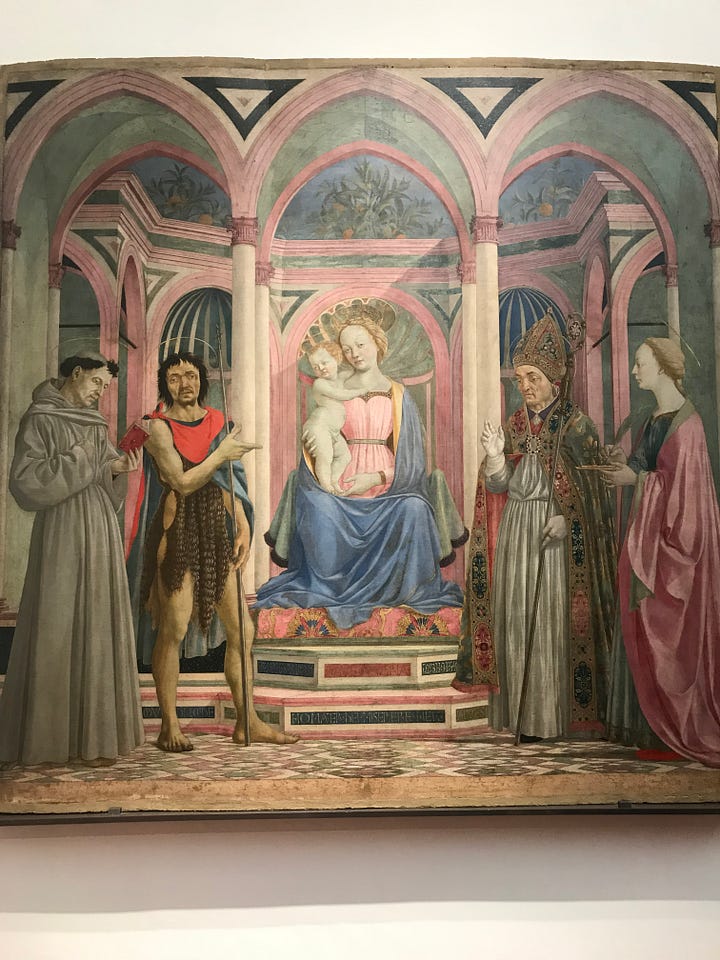
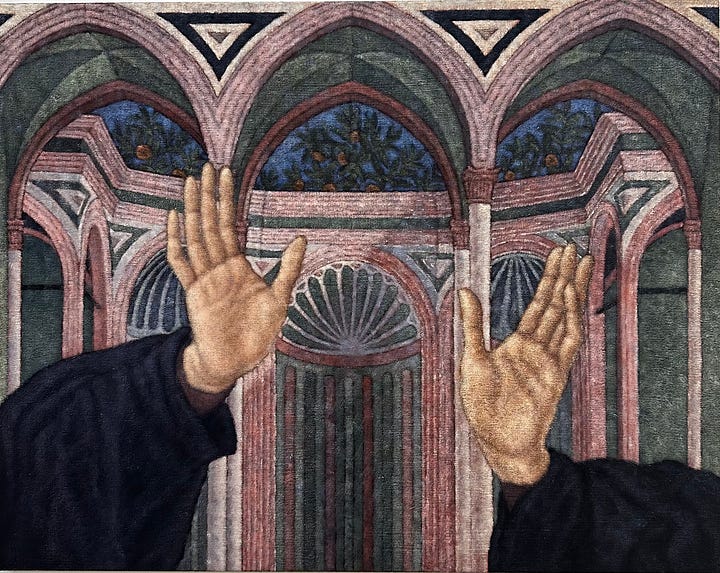
Being confronted with images from my past is not an occurrence that happens often when I visit a gallery or museum. I build my art outings around shows that enrich my knowledge on subjects that I am striving to learn more about or that open my eyes to something new. However, when I visited the Helena Anrather gallery to see Jennifer Carvalho’s current exhibition titled Looking Perfectly Still, I saw something that made me reach deep into my memory bank. The greatest painting of the Madonna and Child I have seen lives at the Uffizi Gallery in Florence. Domenico Veneziano created this work around 1445-7, he illustrated the Madonna and Child at ease and surrounded by St. Lucy (holding a tray with her eyes that were gouged out when she was martyred), St. Francis (patron saint of animals and the environment), and the two heavenly protectors of Florence itself, John the Baptist and St. Zenobius. As an art historian, I was immediately entranced by this because every version of the Madonna and Child genre of paintings has adhered to the standard of a gold background, a rich color palette of red and blue garments for Mary, and a closer crop on the central figures.
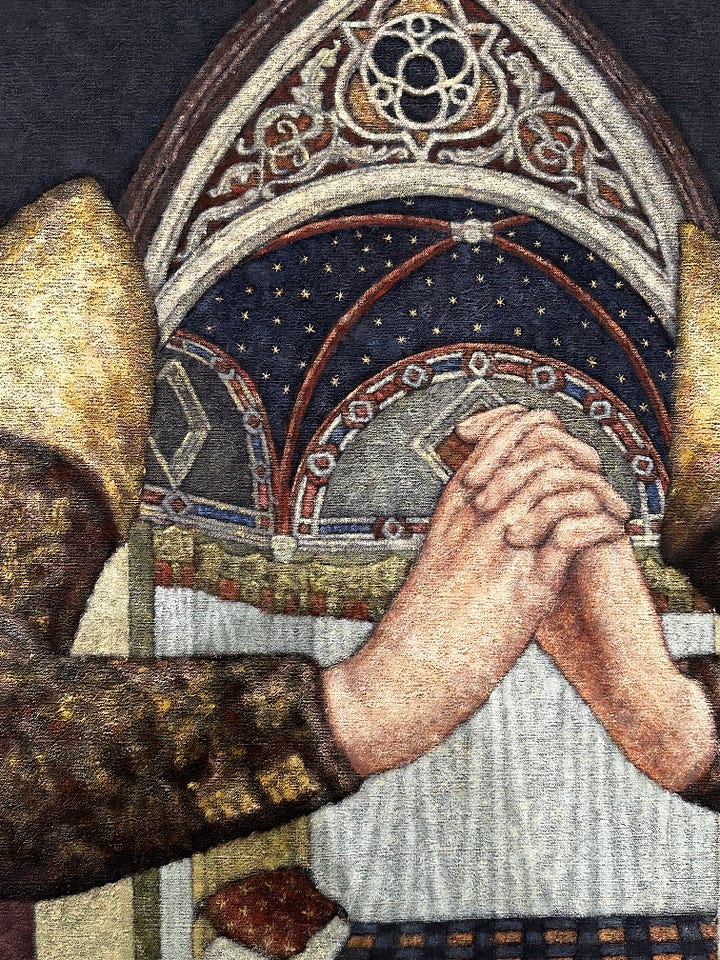
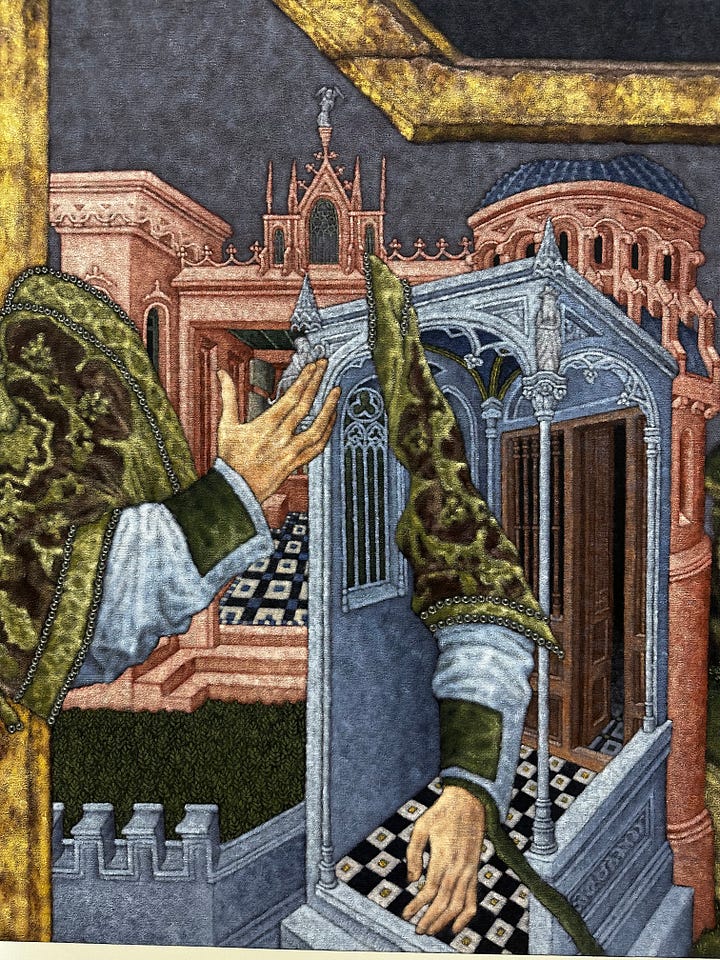
Walking through the gallery, I took my time taking in the selections Carvalho plucked from the vast amount of works from Antiquity and the Renaissance history and questioned what made her stop on this particular image to reintroduce them in a contemporary context. Each painting gives us a taste of her source material’s origins. They are cropped, object selected, and collaged, noting on the way visual data mutates over time. Carvalho maps out her paintings with a filmmaker’s eye, crafting imagined stills that reference the oeuvre of directors like Agnes Varda and Andrei Tarkovsky. We bare witness to imagined moments in time that bond the unrest of the past in the present.
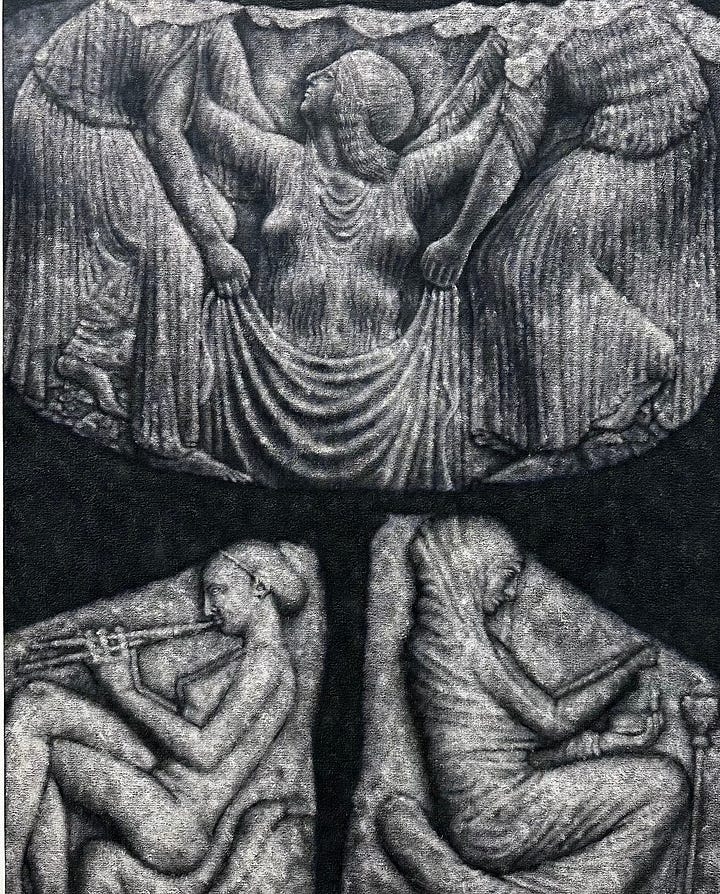
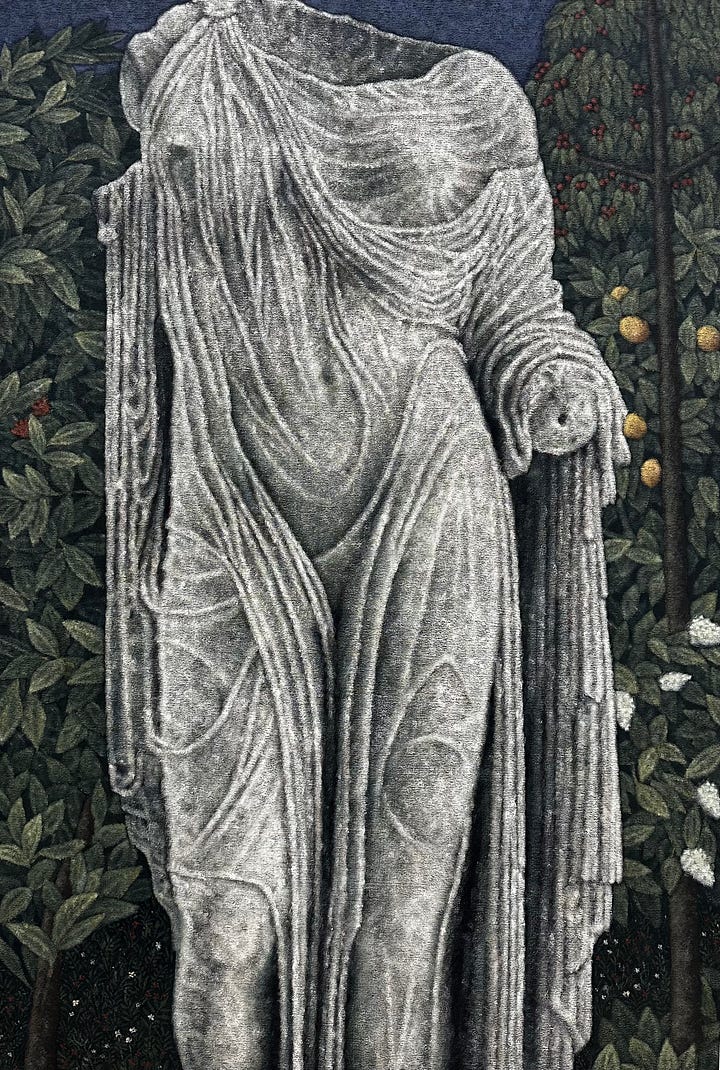
The dry pigments are vibrant, eye catching enough to stop and consider their application. Stippled strokes bring forth highlights and depth that naturally occur over time. They remind of the duration, stagnation, and preservation stages in an artwork’s life cycle. There are subtle shifts in color, shadow, and clarity but the significance of a work never fades away.
